Store fulfillment, also known as in-store fulfillment, has increasingly become a vital strategy for retailers to provide customers with an omnichannel shopping experience. This retail fulfillment option helps resolve a plaguing problem that faces traditional sellers: how to harness the existing infrastructure to win more customers whose demands for a seamless shopping experience keep increasing.
According to McKinsey, store-based pickup offerings, including buying online, and picking up in-store and curbside pickup, increased about threefold from mid-2019 to mid-2020. The research also showed that about 60% of consumers planned to use this fulfillment option after the pandemic. Besides, about 59% of senior logistics executives intend to opt for in-store fulfillment in 2–3 years to tap into the huge eCommerce potential and satisfy customers. These figures highlight the importance of store fulfillment to eCommerce operations.
The application of shop fulfillment to retailing requires a good understanding of the strategy and your business requirements. Therefore, this post aims to arm you with detailed definitions, practical challenges, and a useful guide on the main principles to follow. Let’s dive in!
What is store fulfillment?
Store fulfillment is an omnichannel fulfillment strategy that leverages established brick-and-mortar stores to fulfill and ship online orders. In other words, business owners can stock inventory in their physical stores, and then designate the nearest store to the customers to fulfill their online orders.
What underlies in-store fulfillment is the idea of transforming a brick-and-mortar store into a micro-fulfillment center or distribution point and making stores an integral part of the supply chain. This strategy facilitates diversified store fulfillment models, such as buy online, pick up in store (BOPIS), curbside pickup, and ship from store to deliver a more flexible and convenient shopping experience to customers.
What are store fulfillment examples?
Many well-known brands like Walmart have incorporated store fulfillment into their omnichannel retail strategy.
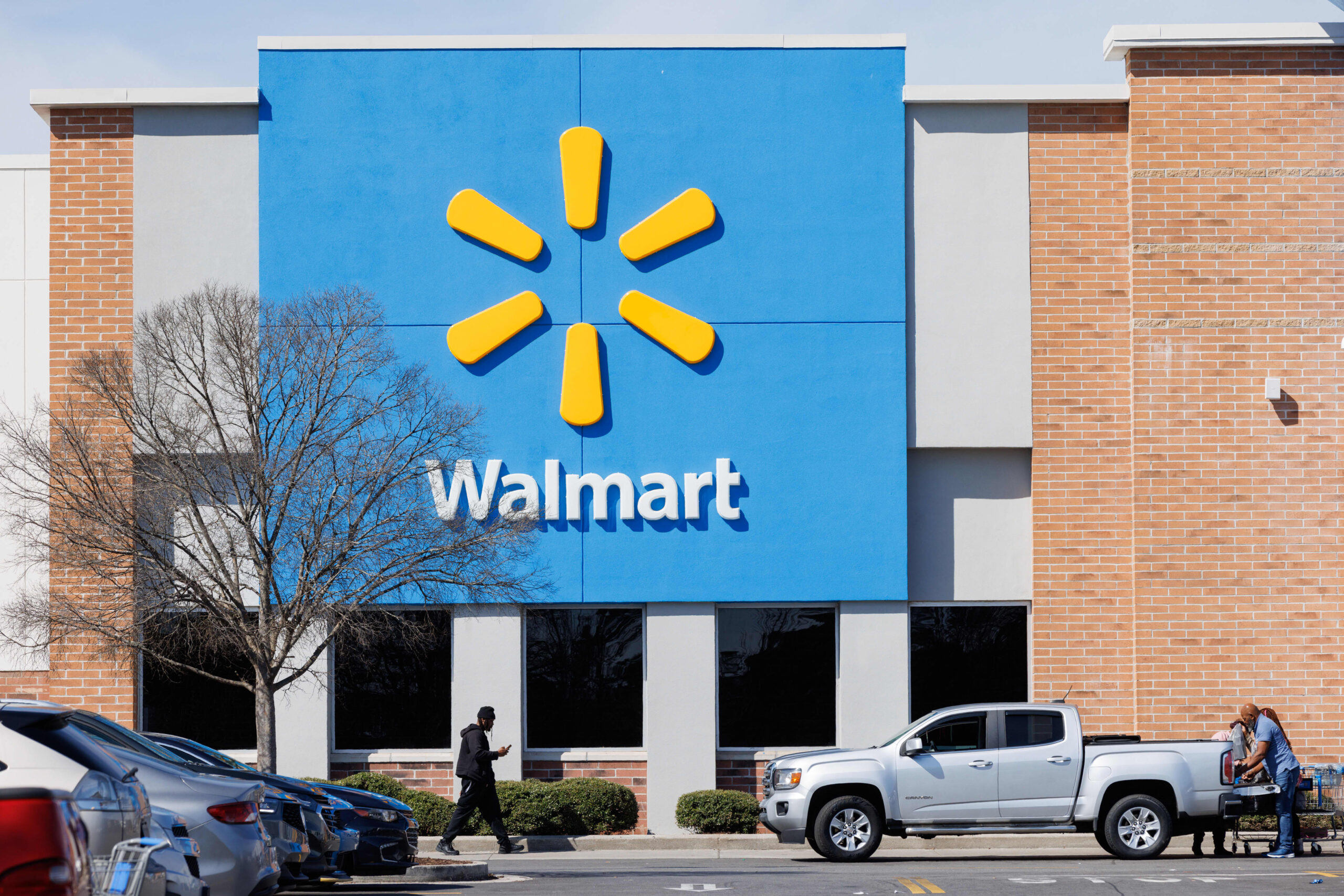
Walmart has turned their 4,700 stores scattered across the U.S. into fulfillment centers to accelerate order processing and delivery. The retail giant gives shoppers a view of offline and online inventory, lets them place orders online, and then choose to pick up their items in a local store or get them delivered. Walmart also makes the return process easy and convenient by allowing customers to return their purchases in 4 ways: return at Walmart stores, schedule for pickup, return by mail, and drop off at FedEx locations.
What are the benefits of store fulfillment?
Many omnichannel retailers adopt in store fulfillment as it generates enormous benefits in terms of cost reduction, resource optimization, customer satisfaction, and sales improvement.
Reducing costs
Online store fulfillment allows shipping products to customers from a nearby store rather than a faraway fulfillment center, thus lowering transportation costs. With the BOPIS, sellers can even eliminate shipping expenses since customers come to the store to pick up their purchases. Besides, by utilizing the space available in physical locations, shop fulfillment removes the need to build or hire more warehouses to stock inventory for order fulfillment, which helps save a considerable amount of money.
Maximizing business resources
Store fulfillment is one of the best ways to help retailers capitalize on their current resources. Order fulfillment at stores enables sellers to utilize the storage capabilities of offline stores for stocking inventory, especially the ones with low in-store sales volumes. Besides, the strategy also optimizes the labor force at physical stores. You can assign new fulfillment responsibilities to your store staff, thus improving store efficiency and employee productivity during low seasons.
Improving customer satisfaction
Transporting online orders from the store close to customers increases delivery speed so that shoppers will receive their desired products as fast as possible. Buyers also have the option to collect their purchases by reaching the nearby store to get instant gratification. In 2023, 68% of U.K. customers favor the click and collect delivery method because of its great convenience.
With a store online order fulfillment strategy, retailers can display a wider range of products to customers regardless of the stocking locations, thus giving them more product choices while reducing stockouts.
Increasing sales and margins
The BOPIS fulfillment option drives more traffic and sales to physical stores as customers can browse and discover other items when picking up their orders. As shown by invespcro.com, 49% of buyers make additional purchases while collecting their products in store.
Store fulfillment enables retailers to sell slow-moving products in stock by displaying them at the checkouts, entrances, and other noticeable positions in their brick-and-mortar locations.
Besides boosting sales for idle inventory, in store fulfillment helps improve profit margins. Allowing customers to shop for any products on hand reduces the risk of having too much stock and limits the possibility of markdowns when the season ends.
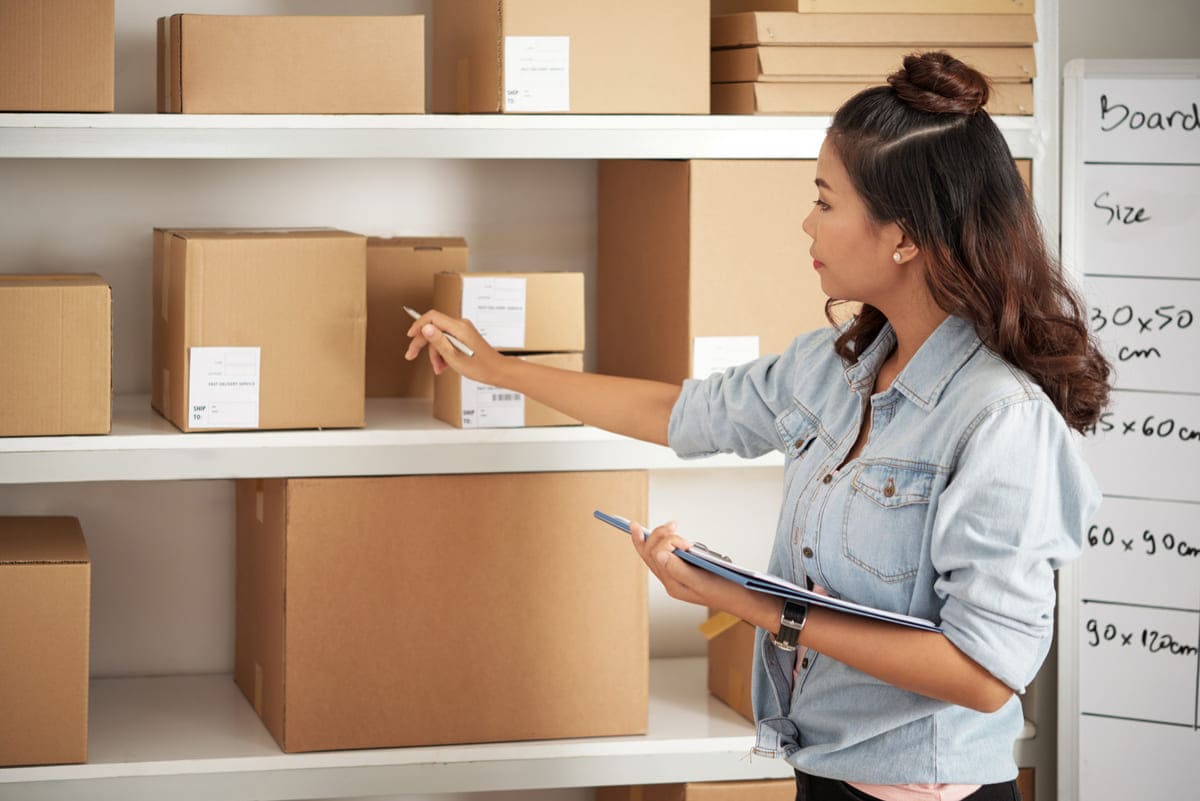
What to consider before launching store fulfillment?
Before implementing store fulfillment, you should look into the following aspects of your business.

Store capacity
Understanding the capacity of your store network helps you decide which one should join the store fulfillment initiative. What needs considering is whether a specific store has enough space available for stocking inventory and whether the store location and human resources can assist in fulfilling online orders without taking a toll on in-store sales.
Product availability
Taking your product range into consideration can do you a great favor if you don’t want to carry out store fulfillment at the expense of offline sales. You’d better think about which types of products are on eCommerce storefront only, which are exclusive to physical locations, and which are available both online and in store. The choice of products for each channel may depend on certain factors as follows.
- Sales channels: Assess on which channel a specific kind of product often sells most
- Product type: Consider whether the product is easily damaged or costly to transport, which affects the shipping costs and return rates.
- Profit margin: Calculate the expenses to sell a product type on different channels to see which channel brings you the best margins
Order volume
To avoid stressing out your employees and decreasing fulfillment efficiency, especially during the peak season, you should consider the total number of orders, the order volume of each store, and the number of store employees available. On that basis, you can decide which store you should set apart for fulfillment or how many orders each store should fulfill. It’s reasonable to choose stores with sufficient labor availability and low in-store sales to handle online orders.
Inventory stocking
How much inventory to stock in distribution centers and physical stores at different periods also counts. To reduce stockouts and maintain appropriate stock levels across channels and locations, you should consider the amount of inventory to stockpile and the stock replenishment strategy. An inventory and purchasing system which can update stock levels in real time and notify you when and how much to replenish will simplify your procuring and stock control operations.
What challenges does store fulfillment pose?
The implementation of store fulfillment faces numerous challenges. Here we list the most common obstacles business owners must overcome to launch the strategy.
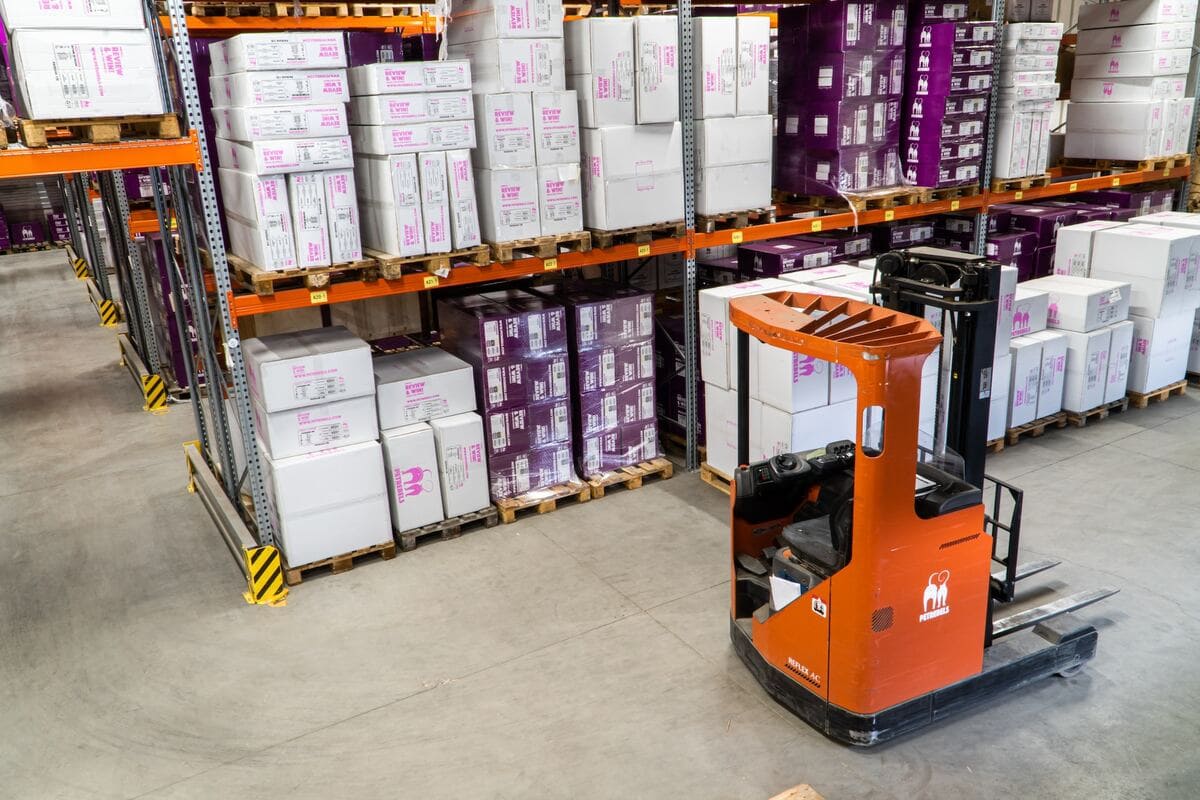
Lack of inventory visibility and accuracy
Lack of inventory accuracy can cause serious harm to your business. The stock mismatch between online and offline storefronts and the inability to track in-store inventory might lead to frequent stockouts and unexpected delays in order fulfillment.
As a result, the most pivotal challenge is gaining accurate visibility of your inventory across channels and locations in real time. With instant updates of inventory levels, sellers can easily route the orders to the store with the required stock for fulfillment.
Inappropriate inventory allocation
Serious consequences can ensue the inadequate inventory allocation, for example, the shortage of merchandise where there’s high demand or having to ship products that customers require from further locations. Therefore, it’s beneficial to maintain the right stock levels at the right locations.
How to allocate inventory for each channel and each store is not an easy task. You need to forecast demands during the seasons across channels and then assign a proper stock volume to each location.
Inefficient fulfillment processes
Store order fulfillment might be more challenging than it seems to be since it requires a smooth coordination between physical and digital processes. If not implemented correctly, it can result in damaged products, stockouts, and inefficiencies.
Unlike dark store fulfillment which involves locations dedicated exclusively to shipping and picking, brick-and-mortar retail stores are not designed specifically for fulfilling both online and offline orders. Store employees are also not trained to efficiently perform fulfillment tasks such as picking, packing, and shipping. This might make order fulfillment more time-consuming and labor-intensive or lead to confusion when dealing with product returns and exchanges.
Then the challenge is how to optimize in-store operation to improve efficiency and speed across locations and sales channels.
Legacy retail systems
To enable omnichannel store fulfillment, integrating disparate retail systems is a must, but this will be highly unlikely if you’re using legacy retail systems that can’t connect with other apps and software. Your store POS, ERP, and eCommerce platforms should work well together so that you can get a comprehensive view of your business across channels to better manage your orders, fulfillment processes, and more.
4 principles to utilize in-store fulfillment in retail
By consulting our experts and researching the best practices of many big brands like Walmart, we now come up with the 4 key principles to follow for the effective adoption of online store fulfillment.
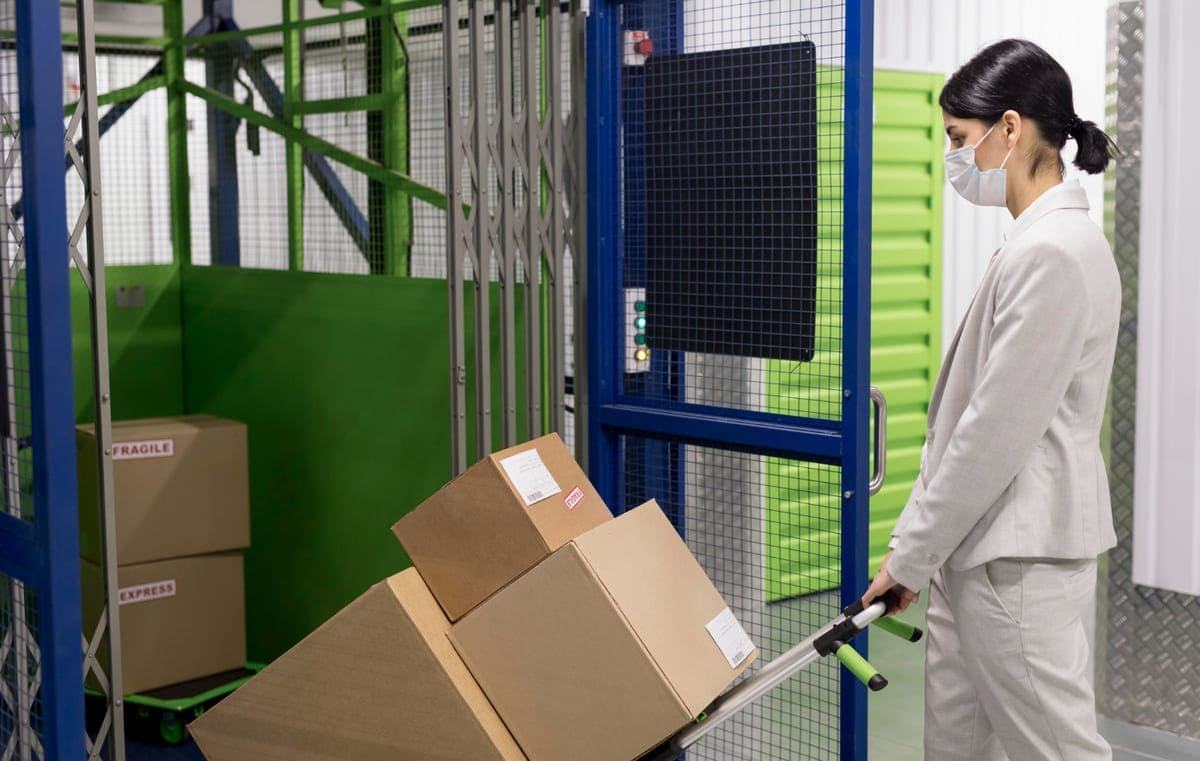
1. Invest in the right technologies
The top principle for implementing shop fulfillment is investing in the right technology stack. It’s best to have store fulfillment software that can assist you in managing inventory and order processing across sales channels. Consider your needs carefully to pick the most suitable ones.
Besides, modern retail systems that can integrate well with each other can support seamless workflows and facilitate automated in-store fulfillment, which boosts efficiency and cost-effectiveness. It’s also advantageous if your tech stack can be flexible and adaptable enough to accommodate the ever-changing needs of your business.
2. Provide adequate training for your store staff
Your store employees, who contribute to delivering a consistent shopping experience to customers and boosting repeat purchases, play a crucial role in executing the in-store fulfillment strategy. Make sure to provide your staff with adequate training so that they can harness the technologies available and perform additional tasks of fulfilling online orders like picking and packing with ease.
The training should equip your store associates with the necessary skills and knowledge to meet various customer expectations and suggest a way to handle increasing order volumes effectively to avoid being overwhelmed. The training checklist should include the following.
- Picking: How to pick products for online orders effectively without affecting in-store customers
- Packing: How to pack products properly to avoid damages, delays or loss
- Shipping: Develop a shipping process and ensure that your staff follow it correctly
- Tech stack: Instruct your staff to use relevant tools to reduce manual work and accelerate the fulfillment
3. Offer clear and easy-to-follow return policies
Processing multichannel orders may be demanding, yet it should not cause any hassle for customers who wish to return their purchases. Most shoppers expect an easy and convenient return process, like allowing customers to buy online and return in store. Needless to say, you should determine your return policies for orders fulfilled in store and communicate clearly with your customers to avoid any future friction.
4. Stay customer-centric
No matter which retail fulfillment strategies you’re implementing, customers should always be at the heart of your operations. In the end, what matters is that you make a sale and satisfy customers so they may come back for more purchases in the future. Therefore, whether they buy online or in store, you should ensure they get the best customer service and convenience as expected.
Keeping close tabs on your customers’ expectations does more good than harm. Observing their buying patterns can give you a good understanding of their need to offer them their preferred fulfillment options. You can also learn from other big retailers to optimize your omnichannel strategy to customers’ demands. Some exemplary retail giants are Target, Best Buy, and Macy’s.
- Best Buy provides diverse order pickup options, including store pickup, curbside pickup, and pickup at UPS and FedEx stores, CVS Pharmacy, Walgreens, or any of their pickup locations.
- Target enables customers to order items on the website or app, then collect the products at Target stores or have them brought to their cars in the parking space at a Target store. It also supports curbside returns.
- Macy’s: Macy’s offers BOPIS, curbside pickup, and ship-to-store order fulfillment options. Besides, it allows users to exchange and return the products purchased online at stores or by mail.
Simplify store fulfillment with Magestore
The key to effective store fulfillment is to manage all of your retail data in a single place. Magestore provides you with a comprehensive retail management PWA to streamline your store operations across online and offline channels with highlight features as below.
- Sync inventory and order data between eCommerce website, POS, and back office in real time
- Track product quantity and locations with stock on-hand reports
- Oversee entire inventory movement, from purchasing to sales
- Allow setting up low-stock threshold to inform stock replenishment
- Generate purchase orders based on demand forecast
- Manage order processing across channels in real time
- Speed up order processing with simple pick-pack-ship workflow
- Customizable to integrate with 3rd-party shipping services
At physical stores, Magestore POS – a web POS powered by PWA technology – helps retailers handle many fulfillment solutions, such as buy online and pick up in store, buy in store and ship to home, or buy online and pay in store with the store pickup feature. Besides, Magestore supports dropshipping and return management. Thus, you can offer your shoppers a flexible and pleasant experience to encourage their repeat purchases.
Getting consultancy based on your unique business needs is a good way to save your time and money. Talk to our experts now to find out the most optimal solution for your case!
FAQs
1. What is flow-through fulfillment?
Flow-through fulfillment is a process of gathering products from different locations into the distribution center. The products are then re-sorted based on the delivery destinations and shipped out within the same day.
For example, Walmart has 210 distribution centers across the U.S. Each distribution center supports 90–100 stores in a 150+ mile radius, to collect all product types, sorts the items, and transports them to specific store locations.
2. What is the difference between warehouse fulfillment and store fulfillment?
While store fulfillment means fulfilling online orders from a physical store closest to the customers, warehouse fulfillment is an inventory fulfillment method that processes orders from warehouses rather than brick-and-mortar stores.
3. What is direct store delivery?
Direct store delivery enables shipping products directly from manufacturers or suppliers to retail stores. This distribution method reduces the number of touchpoints, thus improving efficiency and lowering labor costs.
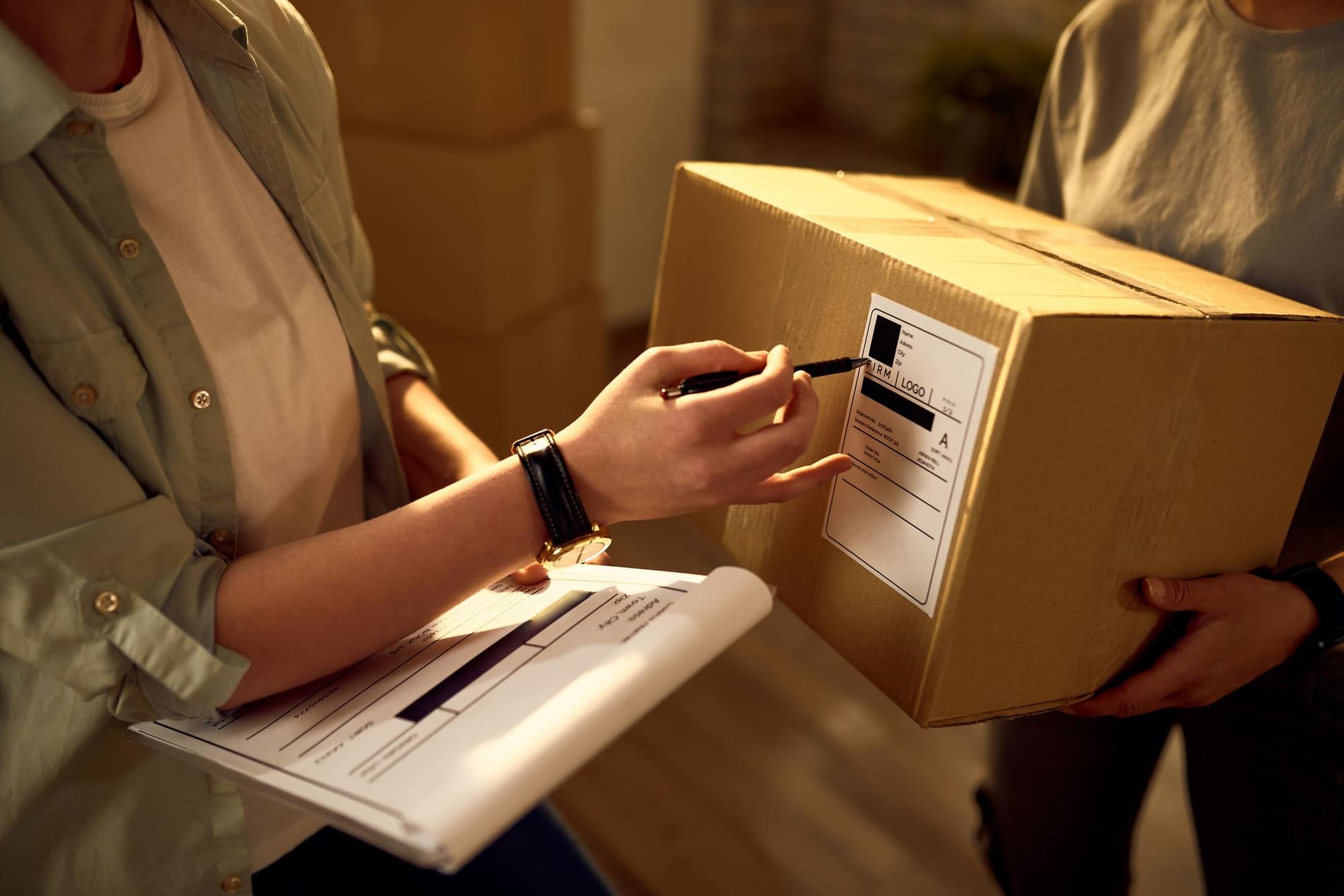
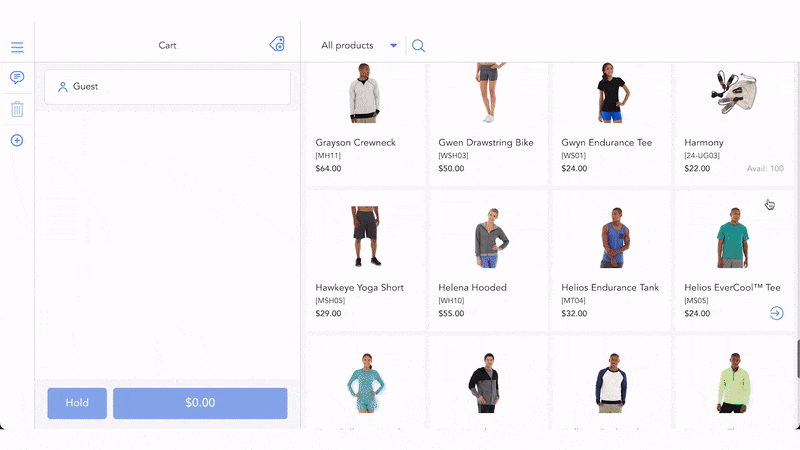



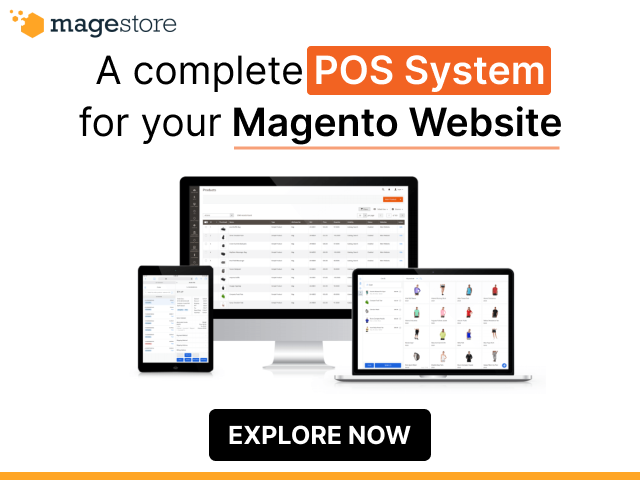







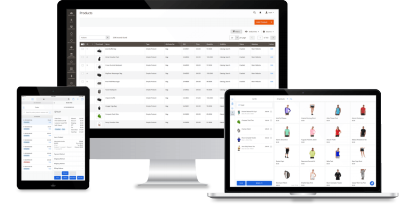

really well-written! Thanks for sharing,